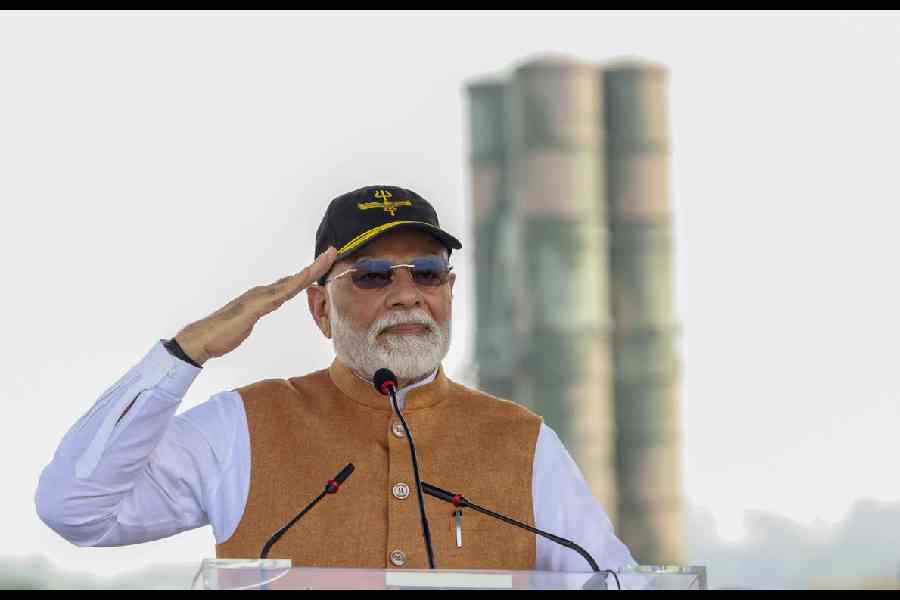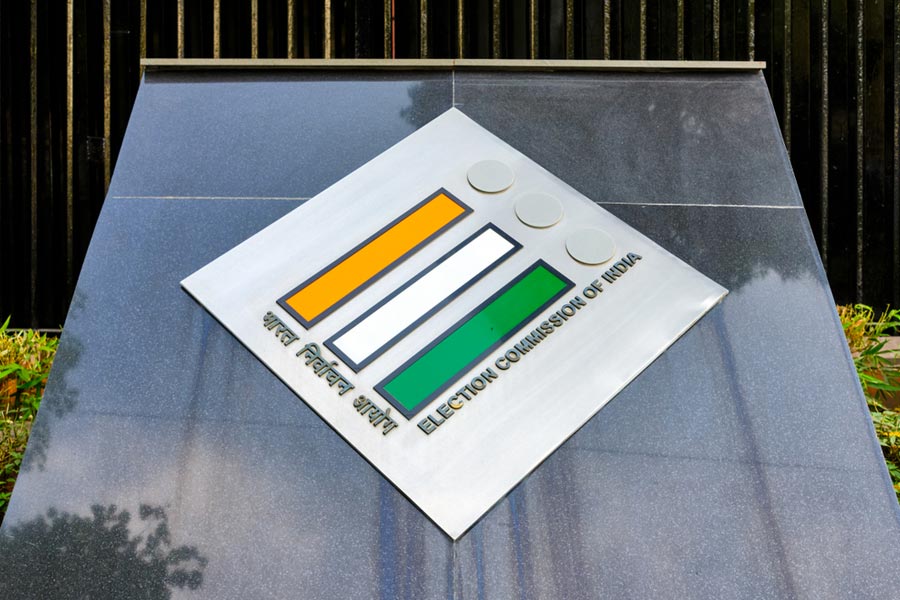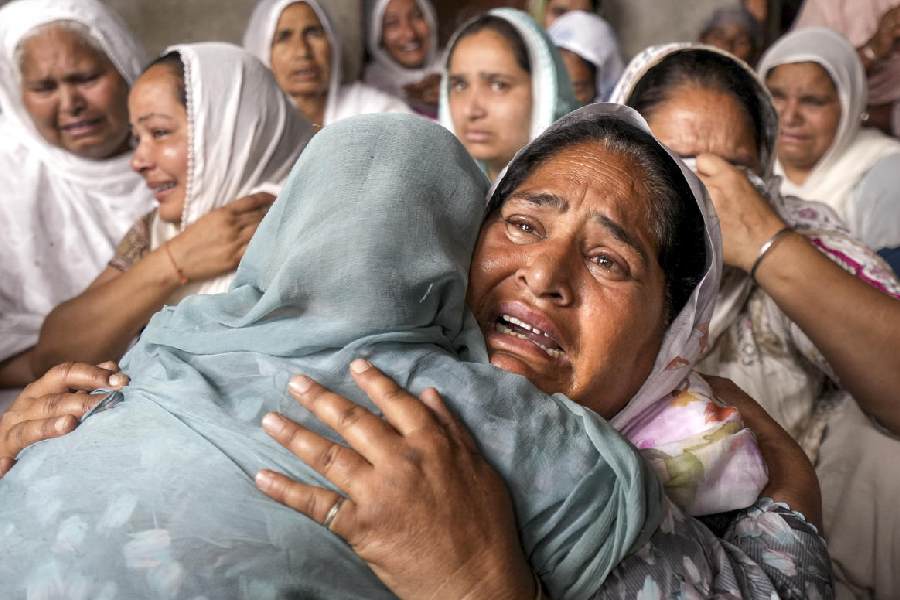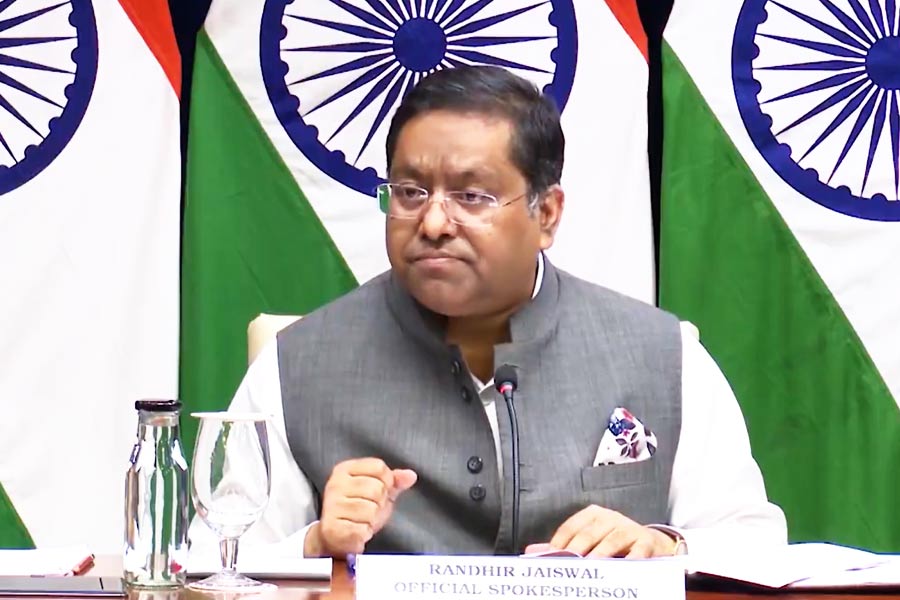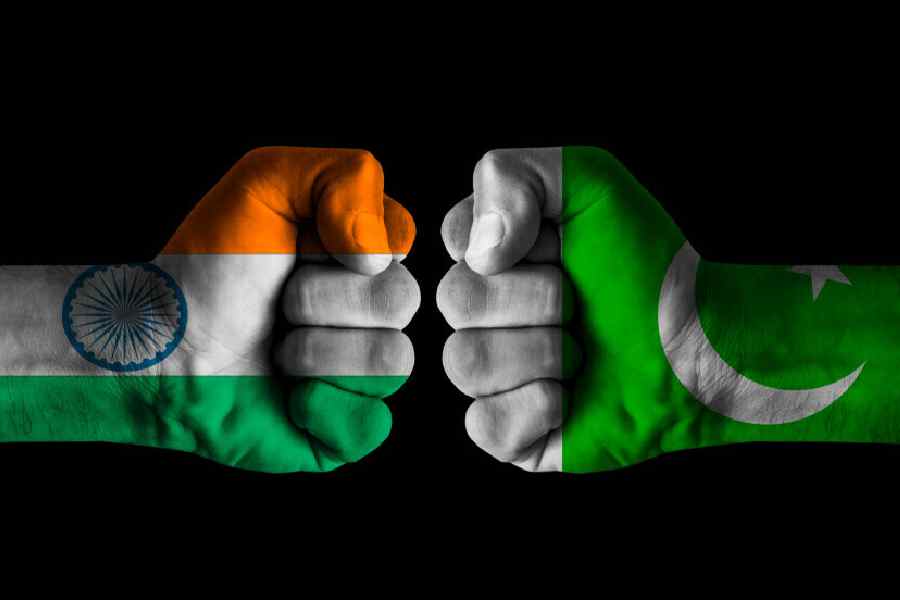 |
 |
 |
 |
| FRAMES OF CONJUGALITY: (From top) Tripura?s Maharaja Birchandra and wife Monomohini; a Muslim couple; Khushwant Singh and Kaval Singh, shortly after their wedding in 1939; a Gujarati couple |
It is a collage of images that is captivating in its simplicity. Some are faded, with a well-worn look. But each one speaks volumes on memories of a time past, which can never be forgotten. For, each black-and-white photograph is a story of struggle, for freedom and human rights, and triumph over all odds through courage and perseverance.
Representing Indian Women 1875-1947, an exhibition on till March 12 at Seagull Arts and Media Resource Centre, is a visual documentary of the history of India during this period, through the eyes and the efforts of the nation?s women.
From film to art, the freedom movement and politics to education and literature, it was a period of upheaval, even more so in women?s rights.
This exhibition, presented by Centre for Women?s Development Studies, is a collection of archive images of a period in India when revolution was the norm and fighting for one?s beliefs was a way of life. The panels explain with poignant words the stories behind the pictures.
The Salt Satyagraha or the Quit India Movement, the women involved in every step of the process are depicted. Like Kamaladevi Chattopadhyay selling salt on Chowpatty beach in Mumbai, and Aruna Asaf Ali raising the Tricolour at Gowalia Tank.
Some of the names are famous ? Kasturba Gandhi, Indira Gandhi (then Nehru), Kanan Devi, Devika Rani, Amrita Rao Shergill. Others are lesser known, but equally important in bringing women?s issues into prominence.
Be it dressing in a certain way, like the style of sari made popular by Jnanadanandini Devi, wife of Satyendranath Tagore, or R.S. Subbalakshmi, a widow at 11, who set up a school for young widows.
If one was the first girl to go to school in her village, another was the first to make it to Oxford University. A moving image of a tribal girl standing tall and proud, hair blowing in the breeze, with a bullet wound in her foot, is a reminder of the struggle the fairer sex faced and the refusal to accept defeat.
Another photograph of Princess Abdilla Sultan of Bhopal as colonel-in-chief of the Sultania Regiment, from 1946, is a symbol of the pride women had in breaking down barriers.
Bengal and Bengalis feature prominently in the exhibition, which is categorised under Visualising the Family, The Learning Experience, Words Beyond, The National Movement and Towards the Midnight Hour, among others. The state was a leader in every way, carving a niche in India?s history. And from cinema to literature, culture to style, education to the freedom movement, the women forged ahead with formidable determination. Like the Mahila Atmaraksha Samiti. A photograph shows them agitating for ration. Twelve days later, Calcutta had 12 ration shops. Hats off, ladies, for your strength.






